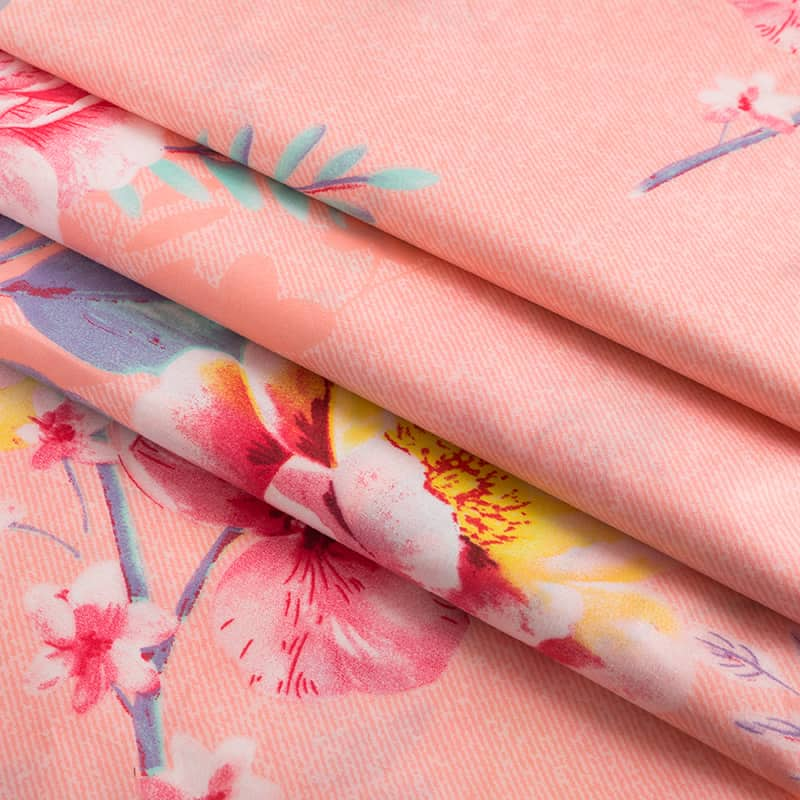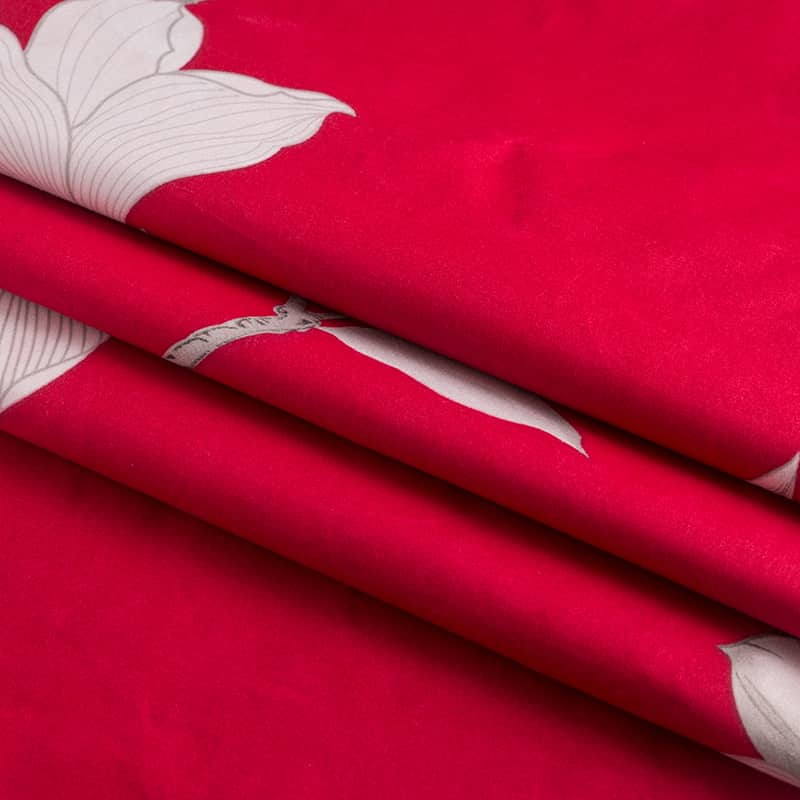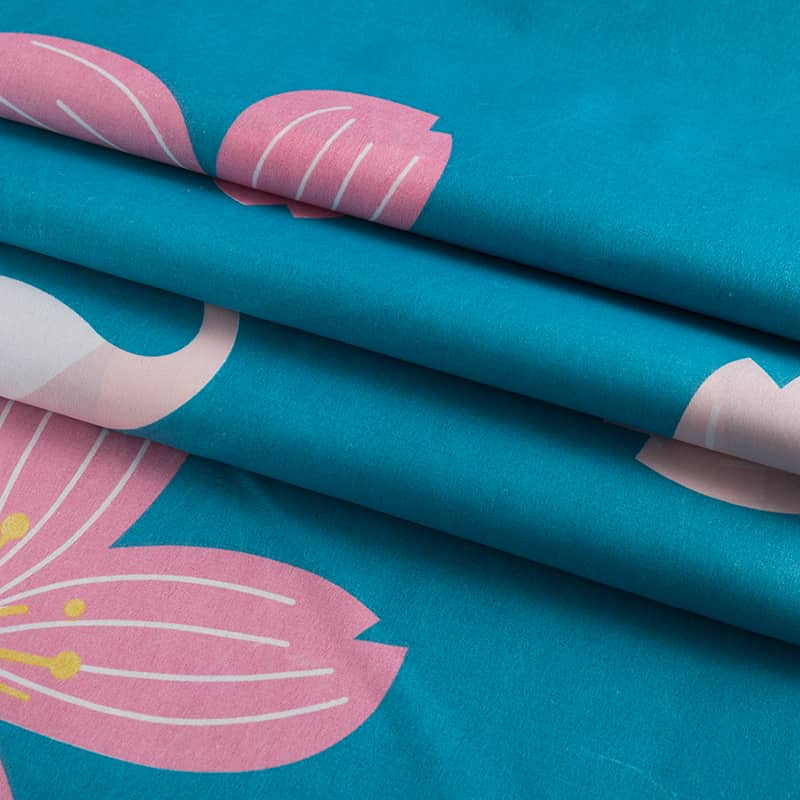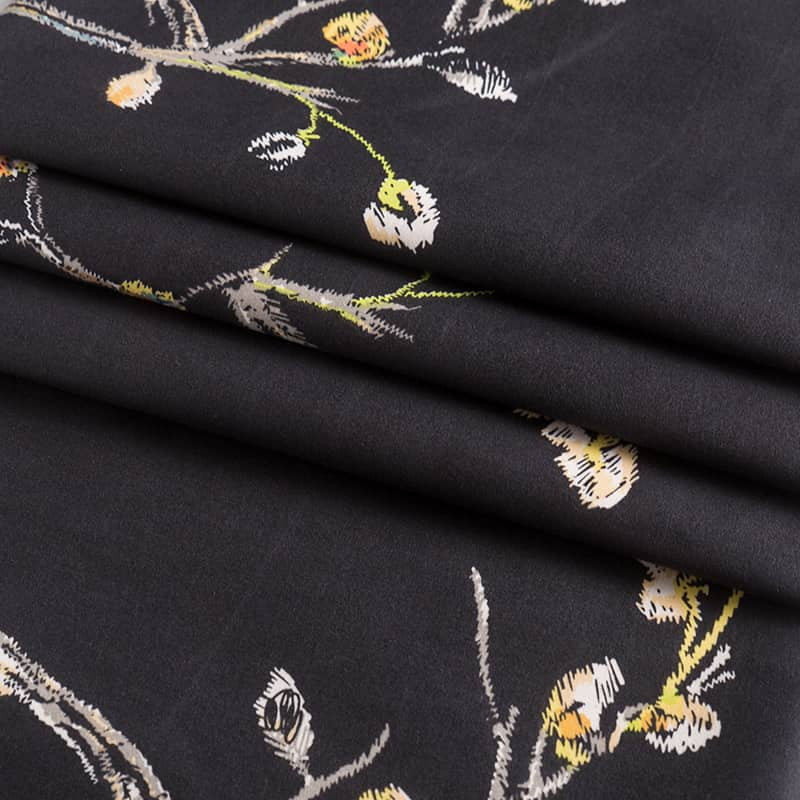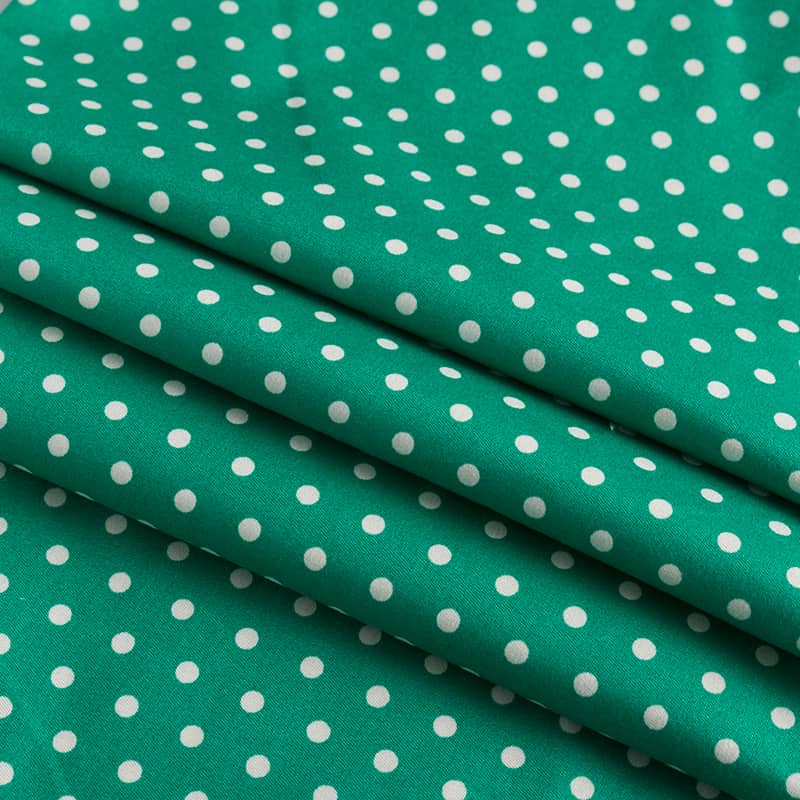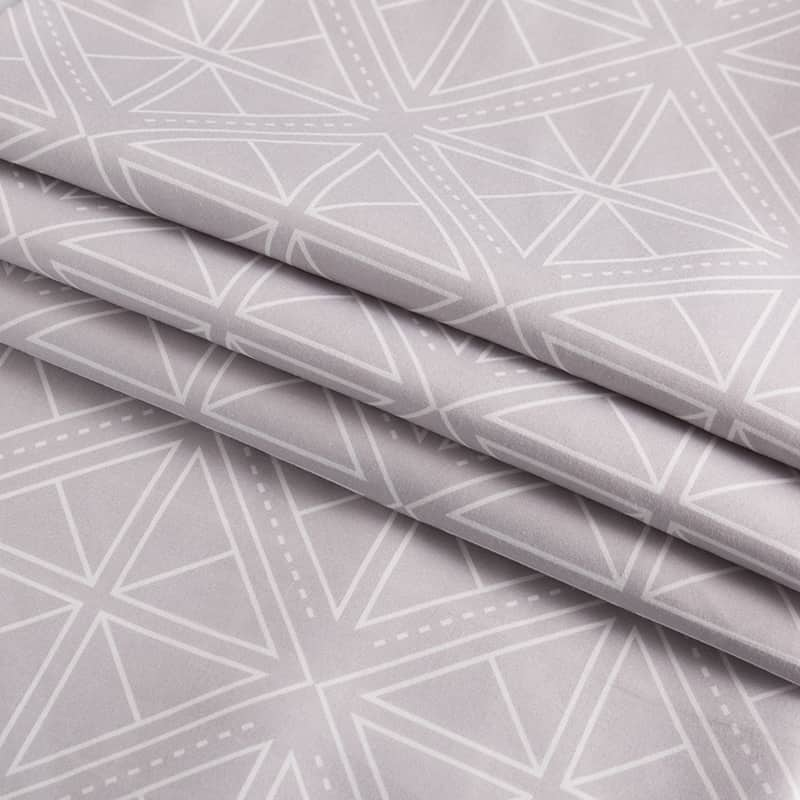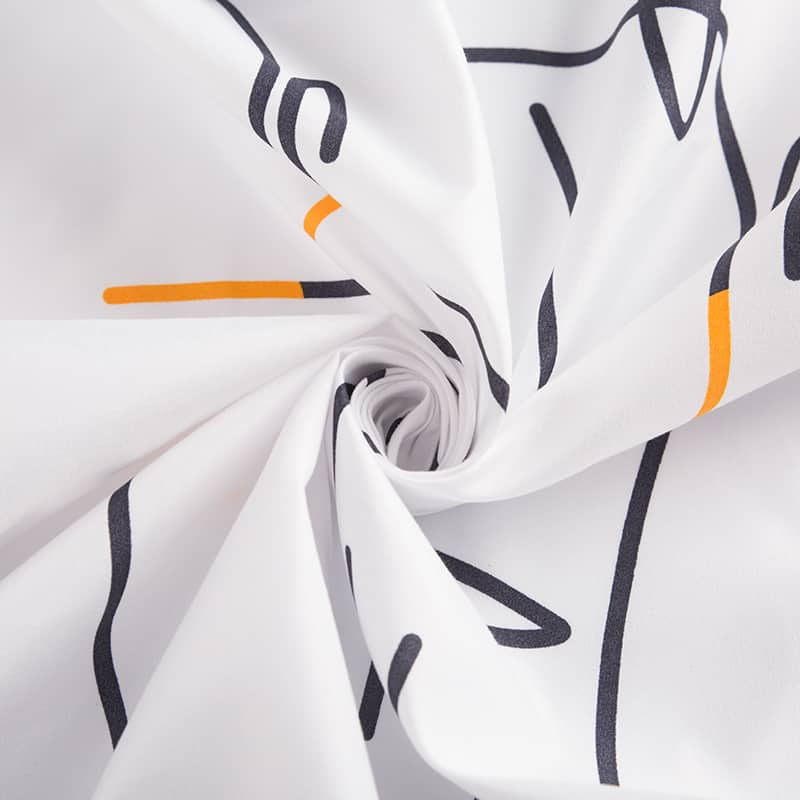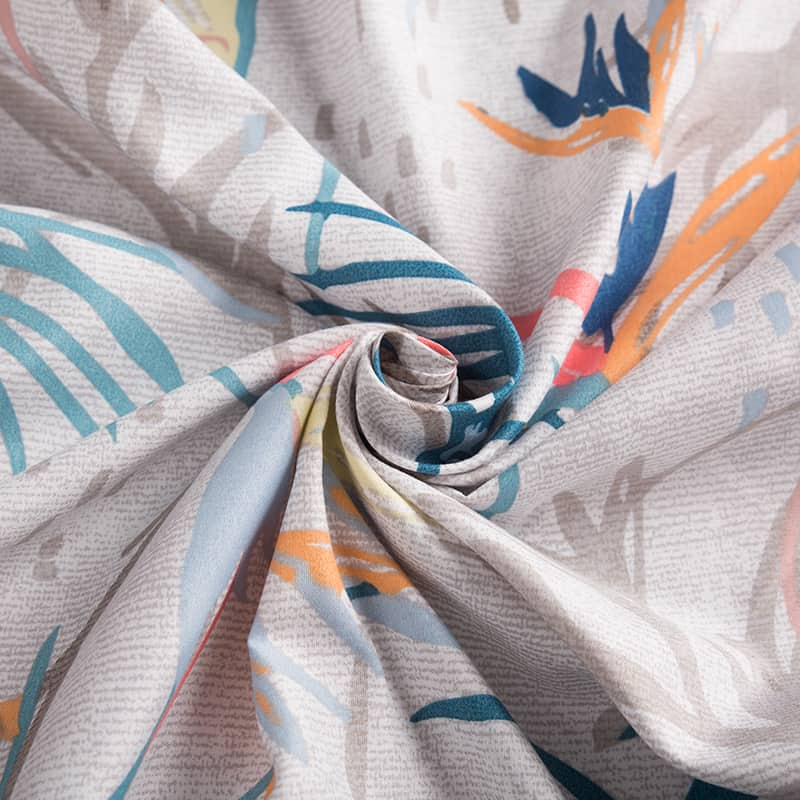When it comes to warm weather fabrics, few are more iconic than seersucker. This textured cotton is woven with threads that bunch together, creating the characteristic crinkled look. It's typically striped or checked, making it perfect for summer clothing and bedlinen. It's also breathable, helping you stay cool in hot temperatures.
The earliest seersucker was made with silk, but today it's usually 100% cotton. The fabric is woven on twin-beam looms at varying speeds to create the distinctive texture. This process is known as slack tension weaving, and it requires skill to achieve the right result. Seersucker can be striped or plain, but the alternating smooth and puckered stripes are what give it its trademark appearance and feel.
Seersucker is a classic choice for men's suits, but it's also used to make dresses and skirts. The fabric's breathable qualities make it perfect for warm weather, and the crinkled texture helps keep you cool even in warmer temperatures. It's also slow to crease, which makes it easy to pack for trips.
In addition to being a great choice for warm weather, seersucker is a beautiful fabric that can be fashioned into a range of stylish garments. It's ideal for summer weddings and other events, and can be matched with a wide variety of shoes and accessories. It's easy to maintain, too; you can simply toss your seersucker in the washer and dryer with cold water. Just be sure to follow the care instructions on the label to prevent your seersucker from shrinking or losing its crinkled effect.
Seersucker was first introduced to America in the 1800s, and it quickly became a favorite for southern gentleman attire. During this time, there was no air conditioning, so gentlemen needed a light and breathable fabric that would help them keep cool. Seersucker's crinkled surface traps tiny insulative pockets of air next to the skin, keeping you cooler than other fabrics.
While most seersucker is cotton, it can also be made with silk or linen. Linen is a natural fiber that's grown on flax plants. It's stronger and more durable than cotton, but it can be a little itchy against the skin. In addition, linen is prone to wrinkles. Like traditional seersucker, linen can shrink in high heat, so it's important to read the care instructions on your label carefully.



 英语
英语 西班牙语
西班牙语
